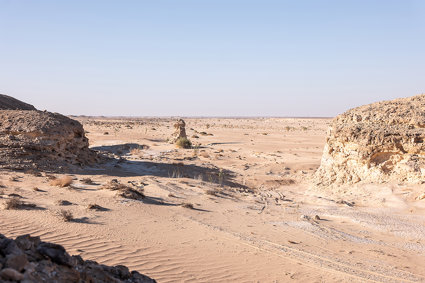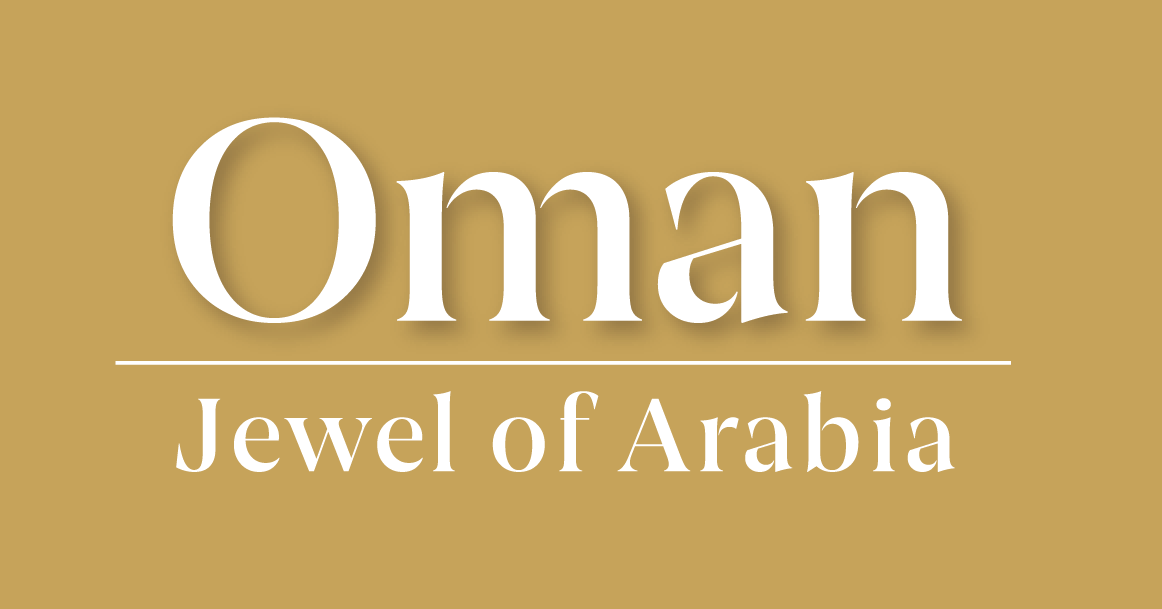
Opportunities and challenges of the Rub’ al-Khali
Aim and introduction
The Rub’ al-Khali (or the Empty Quarter) is a vast desert biome in the southern Arabian Peninsular and can be found in all four of the Arabian countries in the region: Saudi Arabia, Oman, Yemen and the UAE. It is approximately 650,000 km2. It is one of the driest regions in the world and is sparsely populated however, it holds plenty of opportunities including natural resources, solar energy generation and a potential for tourism. This lesson will explore the opportunities and challenges faced when using this fragile ecosystem to aid development. It will also work on developing pupil’s examination question development.
This lesson should take between 45 minutes to 1 hour.
Curriculum links
AQA
3.1.2.3b Development of hot desert environments creates opportunities and challenges.
Edexcel B
9.1 Energy resources can be classified in different ways and their extraction and use has environmental
Eduqas A (WJEC)
5.4.2 How do human activities modify processes and interactions within ecosystems?
Eduqas B
3.2.1 How are ecosystems used by people?
Learning goals
- Identify the opportunities and challenges faced in developing a desert environment.
- Apply key information to support ideas.
Learning outcomes
Greater depth: pupils will be able to classify the opportunities and challenges beyond the binary classification and recognise that there is usually a combination of both to support development. They will show clear geographical understanding when justifying their opinions on their chosen opportunities and challenges. Pupils will be able to construct well-reasoned, accurate responses to questions, showing clear geographical understanding and supporting ideas with relevant examples using appropriate and accurate geographical terminology. They will be able to reflect upon and improve their work based on feedback given as well as providing thoughtful feedback to others.
Expected level: pupils will be able to classify the opportunities and challenges and recognise there are other ways of classifying beyond the binary. They will recognise that there are several factors affecting the development of places both positive and negative. They will show sound geographical understanding when justifying their opinions on their chosen opportunities and challenges. Pupils will be able to construct well-reasoned responses to questions, most of which will be accurate, showing good geographical understanding and supporting most ideas with relevant examples using mainly appropriate and accurate geographical terminology. They will be able to reflect upon and improve their work based on feedback given as well as providing feedback to others.Working towards: pupils will be able to classify the opportunities and challenges with some support or prompting. They will be able to select some factors affecting the development of place both positive and negative however, this may be imbalanced. They will show some geographical understanding and may have some justification to their ideas. Pupils will be able to construct responses to questions, however, some aspects may be inaccurate. Some geographical understanding is present. They will be able to reflect upon feedback given but may need support in acting upon it. Feedback to others may be limited.
Support: pupils will be able to classify the opportunities and/or challenges with some support or prompting. They will be able to select some factors affecting the development of place, however these may be imbalanced. They will show limited geographical understanding, leaning mainly on the information provided to justify their ideas. Pupils will be able to construct responses to questions with support. Limited geographical understanding is present. With support, they will be able to reflect upon feedback given and improve some elements of their work. Feedback to others may be limited.
Key terms
- Opportunities
- Challenges
- Tourism
- Resource extraction
- Farming
- Pollution
Learning resources
- Opportunities and Challenges - Teacher Presentation
- Sort cards
What you will need
Highlighters and coloured (writing) pens for feedback and improvements.
Challenge and support
Challenge pupils with the card sort to categorise the cards into social, economic and environmental. They can also rank order their cards according to which they feel are the most – least relevant.
Support pupils by providing them with a scaffold to help write the extended answer.
Starter
Students answer a short examination style question on the adaptions of the desert. They can peer or self-assess using the marking scheme in the teacher presentation.
Main
Short teacher presentation introducing the Rub’ al-Khali. Students hypothesise the potential opportunities and challenges there might be in this region.
Working in small groups – pairs, students use a card sort to identify opportunities and challenges in the Omani region of the Rub’ al-Khali. They summarise two opportunities and two challenges which they feel are the most relevant/important in their opinion.
Plenary
Using an open book approach, students answer an extended answer evaluating the opportunities and challenges in the Rub’ al-Khali. This can either be peer/self-assessed using the mark scheme provided (this is found within the teacher presentation). Time should be spent here allowing for developed feedback, response to feedback and improvement of answer.
File nameFiles
File type
Size
Download
